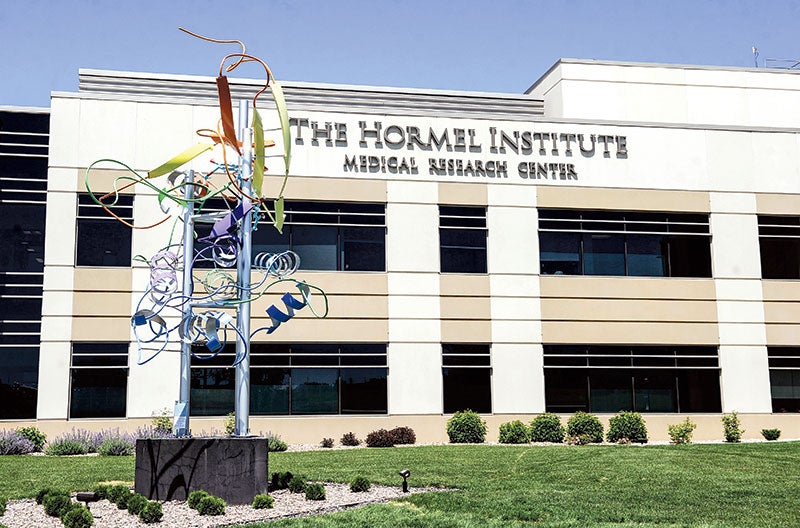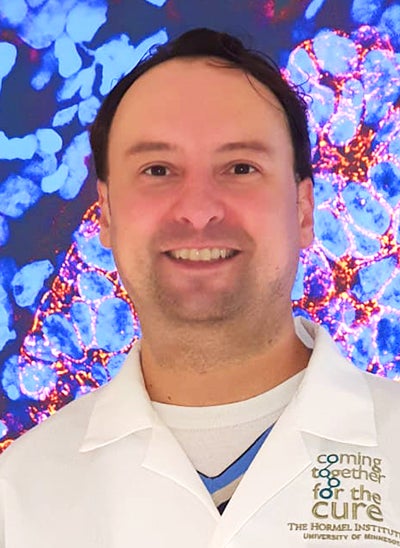Hormel Institute scientists publish research that could lead to rare diseases treatment
Published 1:33 pm Monday, December 12, 2022

- The Hormel Institute. Herald file photo.
|
Getting your Trinity Audio player ready...
|
The Hormel Institute’s Rafael Contreras-Galindo, PhD, assistant professor and leader of the Genome Instability and Chromosome Biology research section, has published a major discovery in scleroderma.

Rafael Contreras-Galindo
Contreras-Galindo’s team has shed important new light on how scar tissue forms in scleroderma, a process known as fibrosis. The research article is entitled “Centromere defects, chromosome instability, and cGAS-STING activation in systemic sclerosis” and was published in the prestigious research journal Nature Communications.
“Decades ago, scientists discovered that scleroderma patients produce anti-centromere antibodies (ACAs). While ACAs have been a helpful diagnostic tool for Scleroderma disease progression, the mechanism of ACA production in Scleroderma has not been thoroughly explored,” said the Institute’s Souren Paul, PhD, who served as first author on this article. “This research study is the first to characterize centromere defects, ACA production, and fibrosis in scleroderma.”
Scleroderma is a group of rare diseases that can be fatal. Problems arise in the blood vessels and internal organs, often also associated with hardening and tightening of the skin.
This research advances our understanding of how scleroderma develops and highlights a new opportunity for treatment of the disease.
“Uncovering the origins of fibrosis in scleroderma skin cells puts us closer to prevention and early treatment,” Contreras-Galindo said. “This research is a breakthrough not only for scleroderma, but for other autoimmune and fibrotic diseases as well.”
This research was supported by the National Scleroderma Foundation.





